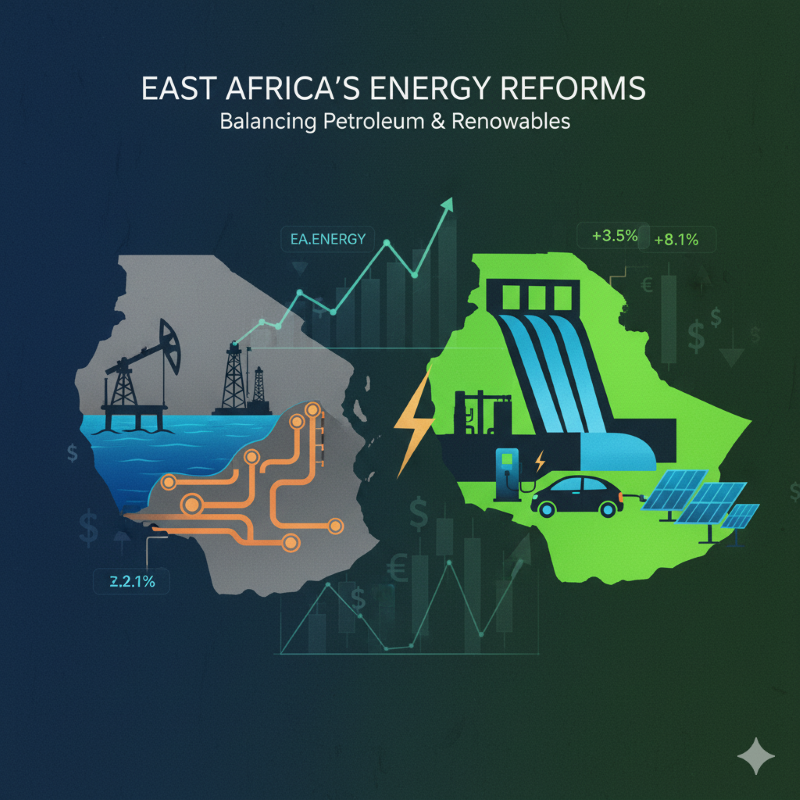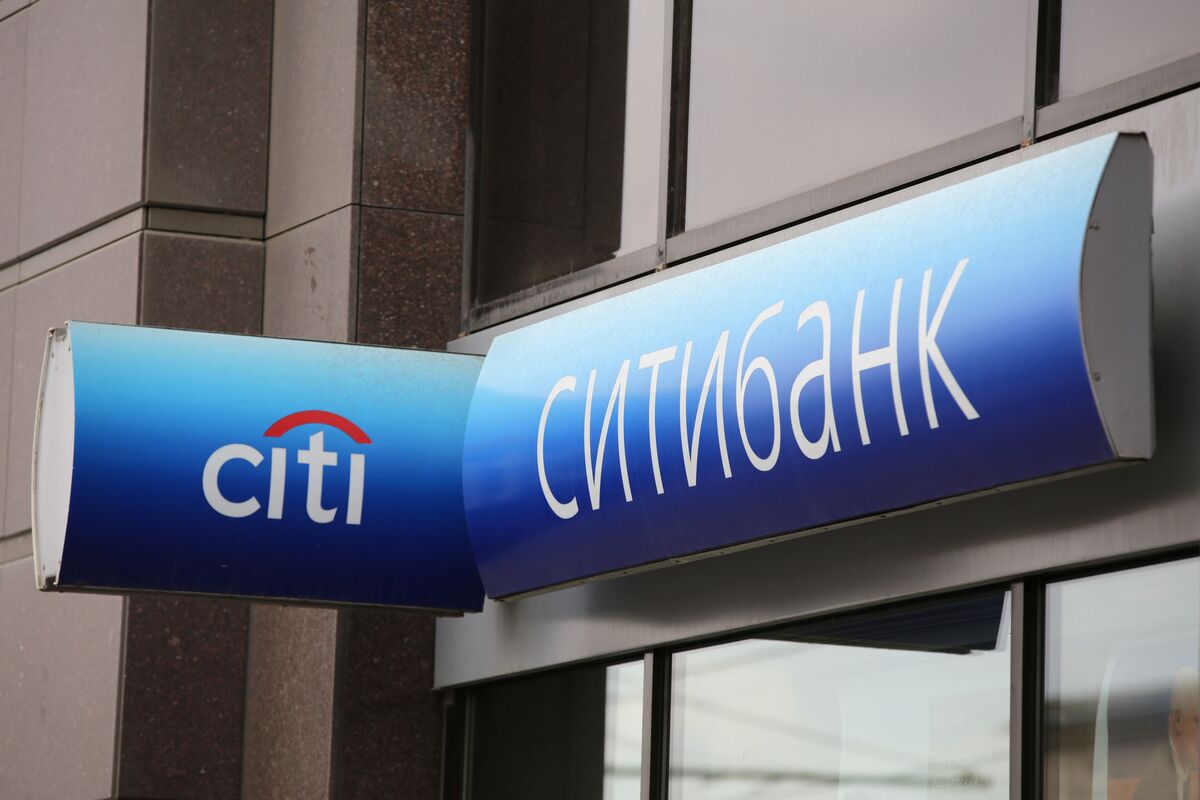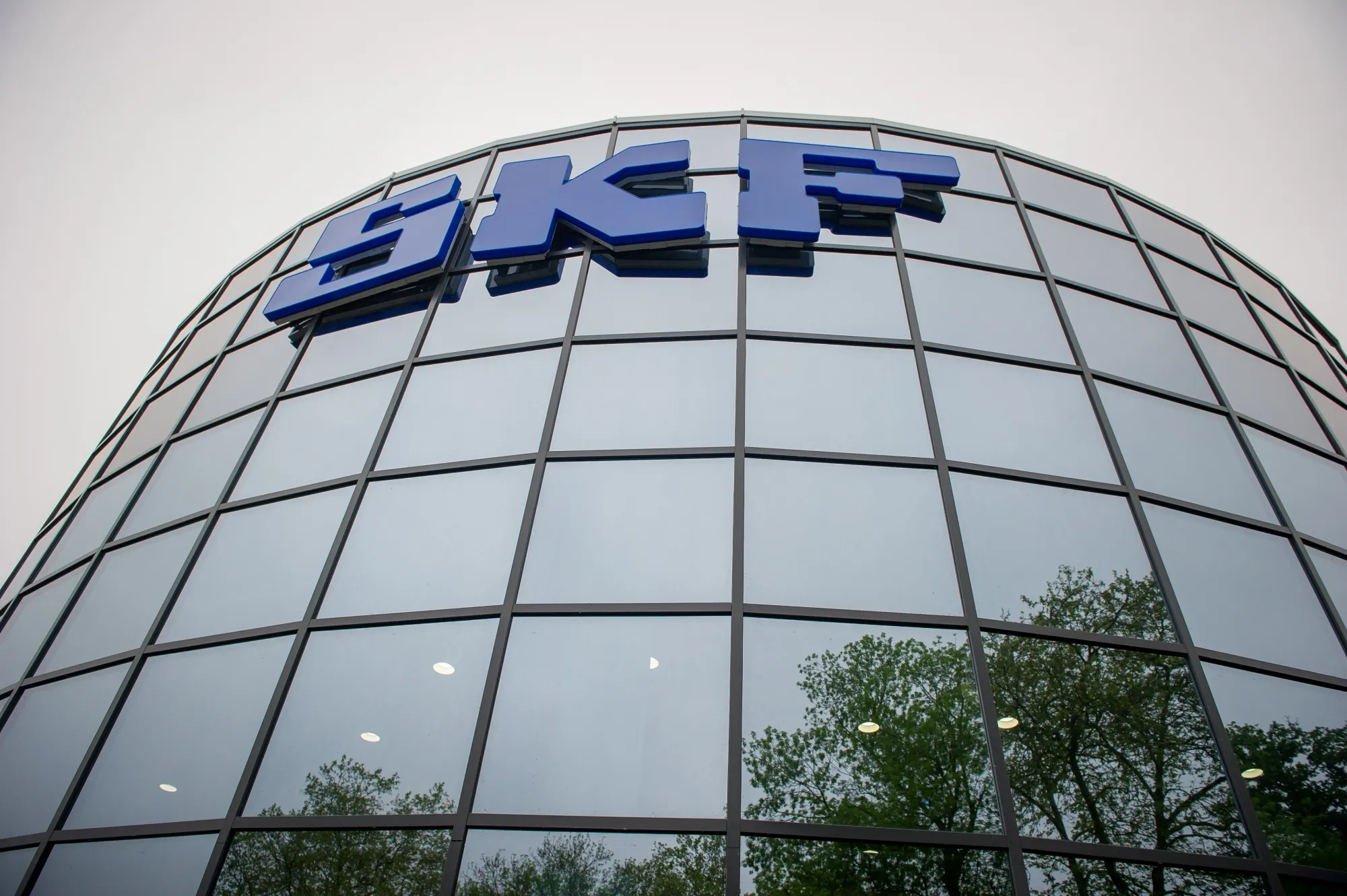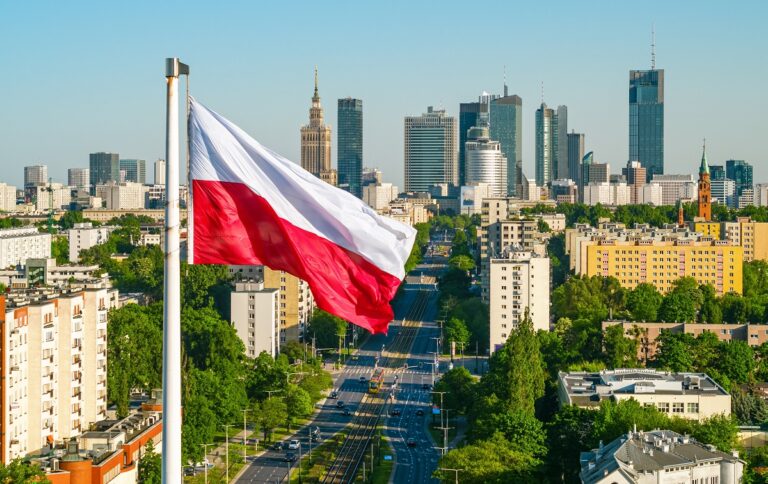East Africa’s Energy Reforms
Tanzania and Ethiopia push energy reforms—Tanzania via upstream regulation with Algeria, Ethiopia through fuel liberalization and renewables. Investors watch for fiscal gains, ESG alignment, and investable outcomes within 12–24 months.

Tanzania–Algeria Pact and Ethiopia’s Liberalization Brief
On 9 September 2025, Tanzania’s Petroleum Upstream Regulatory Authority (PURA) and Algeria’s Hydrocarbon Regulatory Authority (ARH) announced a cooperation pact focused on petroleum upstream regulation, inspections, and technical standards. At the same time, Ethiopia has been advancing significant energy sector reforms, including the liberalization of petroleum imports to allow private players, the attraction of US$1.7 billion in mineral and energy investments during 2025, and the acceleration of its renewable energy and electric vehicle transition. This intelligence brief examines the cross-sector implications of these developments for equity investors, sovereign desks, and ESG capital allocators.
For Tanzania, the cooperation with Algeria is designed to improve fiscal predictability and strengthen oversight of petroleum projects. At present, hydrocarbon revenues contribute less than 2 percent of GDP, despite offshore gas reserves estimated at 57 trillion cubic feet. If implemented effectively, improved regulation could help secure larger inflows and reduce leakages, potentially stabilizing fiscal balances and providing new momentum for upstream development. The domestic market impact would be most visible through leading financial and consumer tickers such as NMB Bank Plc (DAR: NMB), CRDB Bank Plc (DAR: CRDB), and Vodacom Tanzania (DAR: VODA), all of which stand to benefit indirectly from stronger fiscal revenues and improved liquidity. Global operators remain central to the narrative: Equinor ASA (NYSE: EQNR), Shell Plc (NYSE/LSE: SHEL), and TotalEnergies SE (EPA: TTE) have direct exposure through Tanzania’s LNG and offshore gas projects, and their capital allocation decisions will be influenced by how effectively PURA implements the new regulatory framework.
In Ethiopia, reforms point in a different direction, emphasizing downstream liberalization and a green energy transition. The decision to allow private players into the fuel import business is intended to reduce supply bottlenecks, though execution remains constrained by persistent foreign exchange shortages. The country has also signed US$1.7 billion in mineral and energy agreements, much of it with Chinese partners, and continues to expand hydropower through the Grand Ethiopian Renaissance Dam. These moves support Ethiopia’s strategy of positioning itself as a renewable energy hub while underpinning its decision to ban gasoline and diesel vehicle imports in favor of electric mobility. Indirect investment exposure is possible through international service and infrastructure companies such as Halliburton Co. (NYSE: HAL), Schlumberger Ltd (NYSE: SLB), Sinohydro (SSE: 601669), and China Three Gorges (SSE: 600116). On the EV side, firms like BYD Co. (HKEX: 1211; SSE: 002594) and, more speculatively, Tesla Inc. (NASDAQ: TSLA) could capture upside if Ethiopia scales its electric mobility rollout.
Together, these developments underscore the divergence of East Africa’s two largest reform stories. Tanzania’s upstream focus could deliver fiscal stabilization if regulatory changes translate into higher government intake, while Ethiopia’s reforms remain more thematic, offering a strong ESG narrative but limited direct market access. For global investors, the investable tickers are still concentrated in Tanzania’s financials and telecoms, alongside multinational energy operators and selected Chinese and EV firms with Ethiopian exposure. The critical question remains one of execution: unless these reforms produce measurable fiscal gains, project approvals, and ESG-compliant standards within the next 12 to 24 months, they will remain policy declarations rather than valuation drivers.
Ticker Snapshot
| Company | Ticker | Exposure | Outlook |
|---|---|---|---|
| NMB Bank Plc | DAR: NMB | Tanzania’s largest bank; fiscal liquidity beneficiary | Neutral–Positive |
| CRDB Bank Plc | DAR: CRDB | Strong corporate loan portfolio | Neutral–Positive |
| Vodacom Tanzania | DAR: VODA | Consumer demand proxy | Neutral |
| Equinor ASA | NYSE: EQNR | LNG project partner | Risk–Neutral |
| Shell Plc | NYSE/LSE: SHEL | Upstream partner | Risk–Neutral |
| TotalEnergies SE | EPA: TTE | Regional LNG exposure | Neutral |
| Schlumberger Ltd | NYSE: SLB | Oilfield services | Positive if exploration advances |
| Halliburton Co. | NYSE: HAL | Oilfield services | Positive |
| Sinohydro | SSE: 601669 | Ethiopia hydropower projects | Positive |
| China Three Gorges | SSE: 600116 | Hydropower contractor | Positive |
| BYD Co. | HKEX: 1211 / SSE: 002594 | EV rollout in Africa | Positive |
| Tesla Inc. | NASDAQ: TSLA | Indirect EV exposure | Speculative |





